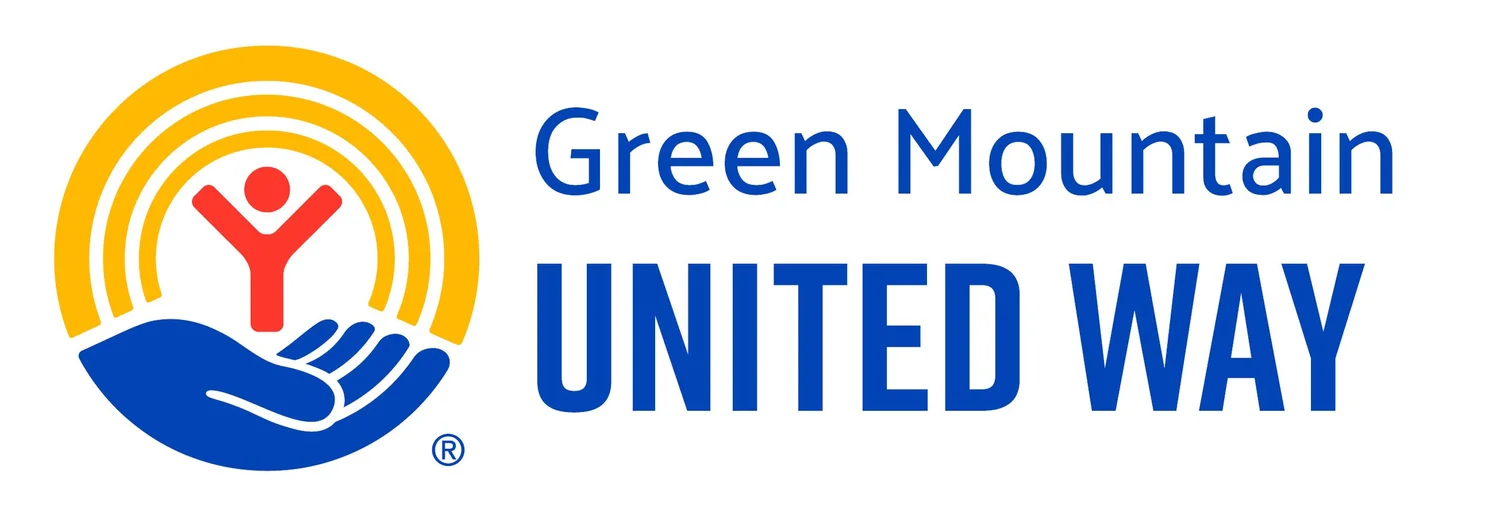Working Family Stability & Bridging the Benefits Cliff
Benefits Cliff is a systemic barrier that arises when a slight increase in income leads to a significant, sudden loss of public assistance, often resulting in a net decrease in resources.
The benefits cliff is particularly evident in working families earning low- to mid-range wages. Workers and families facing the benefits cliff continue to live in cycles of poverty, experience significant instability in both their finances and daily life, and are held back from personal and career advancement.
Solving the benefits cliff has positive outcomes for workers, their employers, and our communities. We are leading the effort to address the benefits cliff in the following ways:
Through our Working Bridges program, we support employees and employers who are navigating the benefits cliff.
With funding support from the Vermont Women’s Fund, we partnered with Game Theory to develop a card game that simulates navigating the benefits cliff. The game is embedded in an interactive training that we bring to employers, business associations, and policymakers.
We served as the backbone organization for the Working Communities Challenge from 2020 to 2025, which was a multi-partner collective impact network to reduce poverty and stabilize single mothers in Barre City, by offering resource coordination and benefits cliff assistance.
Working Communities Challenge (2020 to 2024)
The Greater Barre region received a three-year, $300,000 grant to implement an initiative that focuses on creating a nimble workforce development system that will lower the rate of single female head of households in poverty. Green Mountain United Way is the backbone organization for this work. The workforce development system will achieve economic stability and improved quality of life for the region’s single mothers for the mutual benefit of local businesses, communities, and future generations.
Challenge
In the city of Barre, 55.3% of single female head of households with children lived below the federal poverty threshold in 2018, a sharp 10% increase from 2016 and 2017.
While many demographics are impacted, single mothers face unique challenges in obtaining and retaining employment. These include limited transportation and child care choices, financial barriers, and lack of integration between service programs and employer policies and practices. Employee-focused service delivery and employer cultural change can help single mothers attain economic stability and realize their full potential for themselves and their children.
Strategy
The team will take the Working Bridges approach and deliver services at the place of employment. This involves using a navigator who works with employees and also focuses on employer policy and practice changes.
The team will build out the Agency of Human Service’s Children’s Integrated Services model to provide wrap around services and turn every organization’s case manager into a Working Bridges-type navigator. It will also collaborate with financial institutions to build a savings program.
Vision
To lower the rate of single female head of households in poverty by 15% in 10 years.
The Team
Green Mountain United Way
Barre Mayor’s Office
Community Economic Development, Capstone Community Action
Family Center of Washington County
Central Vermont Home Health and Hospice
Central Vermont Medical Center
Central Vermont Economic Development Corporation
Barre Area Development, Inc.
Community College of Vermont
Central Vermont Adult Basic Education
Vermont Agency of Transportation
Barre Partnership
For more information, visit the Boston Fed website.
Making A Tough Decision: A Real-Life Benefits Cliff Story
Josie was a Working Bridges employee who faced the benefits cliff. She was a single parent with 3 kids who worked full time for $24.08 per hour, and was offered a $1/hr raise for her hard work. But that raise bumped her just $34 over the monthly limit to receive food assistance; while her raise amounted to $2,080 more per year (before taxes), she lost $18,000 in total annual food assistance.
None of her options were great: she could decline the raise and keep her food assistance, but jeopardize her career; quit her job and find a lower-paying job; or use credit cards to buy food, with no plan for paying off the debt.
Thankfully, Josie’s Working Bridges Resource Coordinator had solutions. She connected Josie with several food assistance programs that do not depend on income to qualify, including food shelves and Veggie VanGo, plus she received a low-cost CSA share. Together, these programs covered the loss in food assistance, so that Josie could accept the raise, advance in her career, and feed her family, all at the same time.
Josie’s story is a common one, and it shows how a small raise has the potential to quickly destabilize a family. Thankfully, Working Bridges can help find innovative solutions to bridge the benefits cliff.
